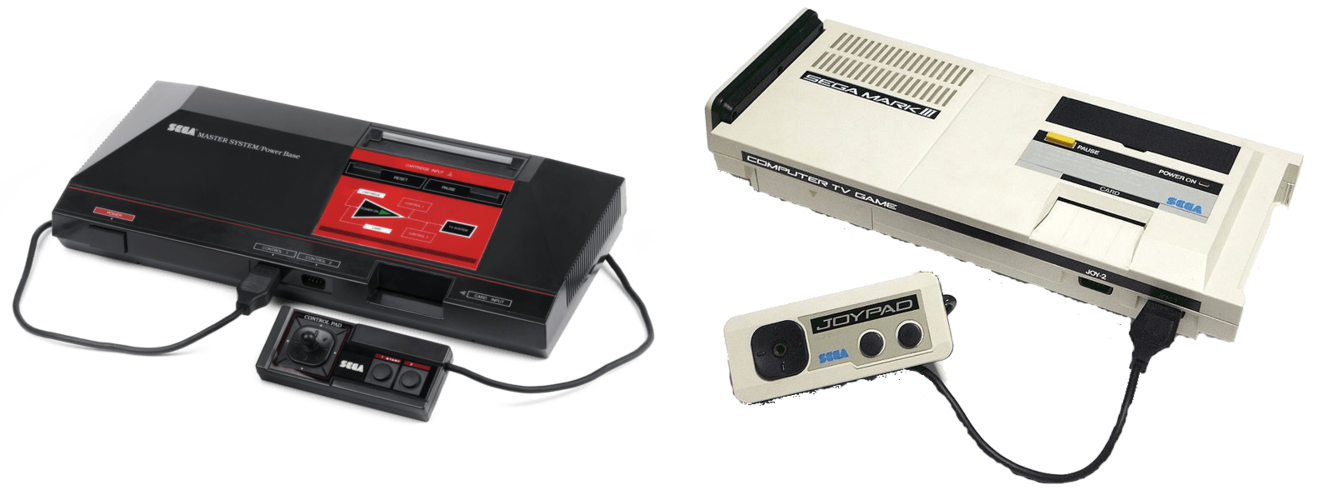Sega Master System
Nickname:
Mark III
Predecessor:
SG-1000
Successor:
Master System II
Release Date:
31/8/1986
Discontinued Date:
-
Additional Sizes:
-
Display Palette:
64 Colors
Initial Price:
JP¥16,800 | US$200 | GB£99
Supported Game Media:
13.0M
Sales
333
Games









